- Choosing the right variety
- Growing space
- Harvest time
- Flavor and texture
- Disease resistance
- Shape and color
- Preparing the soil
- Step 1: Choose the right location
- Step 2: Clear the area
- Step 3: Loosen the soil
- Step 4: Incorporate organic matter
- Step 5: Test the soil pH
- Step 6: Create raised beds or mounds
- Step 7: Mulch the soil
- Sowing the seeds
- 1. Choosing the right seeds
- 2. Preparing the soil
- 3. Sowing the seeds indoors
- 4. Transplanting seedlings
- 5. Sowing directly in the ground
- 6. Watering and care
- 7. Protecting from pests
- Providing the optimal conditions
- Sunlight
- Soil
- Watering
- Fertilizer
- Spacing
- Protection
- Watering and Fertilizing
- Watering
- Fertilizing
- Conclusion
- Protecting against pests and diseases
- 1. Companion planting
- 2. Mulching
- 3. Regular inspection
- 4. Handpicking pests
- 5. Natural predators
- 6. Organic pesticides
- 7. Crop rotation
- 8. Good hygiene
- Harvesting and Storage
- Troubleshooting common issues
- 1. Lack of fruit set
- 2. Slow growth and yellowing leaves
- 3. Pest infestation
- 4. Powdery mildew
- 5. Fruit rot
- “Question-Answer”
- What is the best time to plant courgettes?
- How do I prepare the soil for planting courgettes?
- Do courgettes need a lot of water?
- Can I grow courgettes in containers?
- How do I pollinate courgette flowers?
- When should I harvest courgettes?
- What can I do with courgette leaves?
- “Video” How to harvest delicious courgettes/zucchini at the perfect time.
Growing your own vegetables can be a rewarding and satisfying experience. One vegetable that is particularly popular to grow in gardens is the courgette, also known as zucchini. Not only are courgettes easy to grow, but they can also be harvested a month ahead of schedule with a few simple secrets.
Firstly, it is important to choose the right variety of courgette. Look for varieties that are labeled as early or fast-maturing. These varieties have been specifically bred to produce fruit quickly, allowing you to harvest them earlier than other varieties. Some good fast-maturing courgette varieties include ‘Astia’, ‘Defender’, and ‘Raven’.
Secondly, providing your courgette plants with the right growing conditions is essential. Courgettes thrive in full sun and well-draining soil, so choose a sunny spot in your garden and amend the soil with organic matter such as compost or well-rotted manure. This will help create a nutrient-rich environment for your plants to grow in.
In order to encourage early fruiting, it is important to give your courgette plants a head start. Start by sowing the seeds indoors in pots or trays about four to six weeks before the last frost date in your area. This will allow the plants to establish roots and grow stronger before being transplanted outside. Transplant the seedlings outdoors once all danger of frost has passed.
Finally, regular maintenance and care are key to ensuring an early harvest. Remember to water your plants regularly, especially during dry spells, and mulch around the base to help retain moisture in the soil. Additionally, keep an eye out for any signs of pests or diseases, such as aphids or powdery mildew, and take appropriate measures to control them.
Choosing the right variety
When it comes to growing courgettes, choosing the right variety is key to a successful harvest. There are several different types of courgettes available, each with its own unique characteristics. Here are some factors to consider when selecting a variety:
Growing space
Consider the amount of space you have available for growing courgettes. If you have limited space, you may want to choose a bush variety that doesn’t require as much room to spread out. Alternatively, if you have a larger garden or allotment, you could opt for a climbing variety that can be trained up a trellis or frame.
Harvest time
Think about when you want to harvest your courgettes. Some varieties mature more quickly than others, so if you’re eager to start picking your crop as soon as possible, look for varieties that have a shorter maturation period. On the other hand, if you prefer to stagger your harvest and enjoy a continuous supply of courgettes, choose varieties that have a longer harvest window.
Flavor and texture
Courgettes come in a range of flavors and textures. Some varieties have a delicate, mild flavor, while others are more robust and nutty. Similarly, the texture can vary from tender and crisp to dense and firm. Consider your personal preferences and how you plan to use the courgettes in your cooking when selecting a variety.
Disease resistance
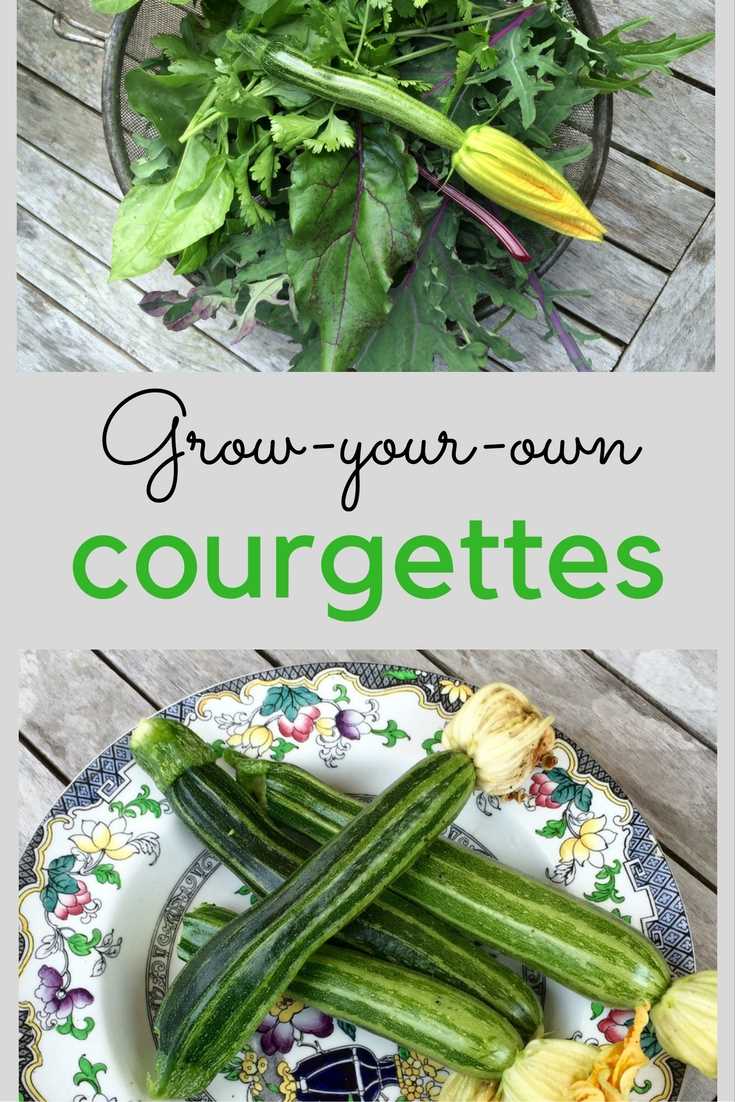
Courgette plants can be susceptible to various diseases, so it’s worth choosing a variety that has good disease resistance. Look for varieties that are resistant to common problems such as powdery mildew, cucumber mosaic virus, and downy mildew. This will help ensure that your plants stay healthy and productive throughout the growing season.
Shape and color
Courgettes come in a variety of shapes and colors, from traditional green to vibrant yellow and even striped varieties. Consider the visual appeal of the courgettes you want to grow, as well as how they will complement other crops in your garden or on your plate.
By taking these factors into account, you can choose the right variety of courgettes to suit your needs and preferences. Whether you’re a beginner or an experienced gardener, selecting the right variety will set you on the path to a bountiful courgette harvest!
Preparing the soil
Before planting your courgettes, it is important to prepare the soil properly. This will ensure that your plants have the best chance of growing and producing a healthy crop.
Step 1: Choose the right location
Courgettes thrive in a sunny location, so make sure to choose a spot in your garden that receives at least 6-8 hours of direct sunlight each day. They also need well-draining soil, so avoid areas that are prone to waterlogging.
Step 2: Clear the area
Start by clearing the area of any existing vegetation or weeds. Remove any large rocks or debris that may hinder the growth of your courgettes.
Step 3: Loosen the soil
Using a garden fork or spade, loosen the soil to a depth of about 12 inches. This will help create a loose and friable soil texture, which is ideal for courgette plants to establish their roots.
Step 4: Incorporate organic matter
Add organic matter such as compost or well-rotted manure to the soil. This will improve the soil structure, provide essential nutrients, and enhance moisture retention. Spread a layer of organic matter over the soil surface and mix it in thoroughly.
Step 5: Test the soil pH

It is important to check the pH level of your soil. Courgettes prefer a slightly acidic to neutral pH range of 6.0-7.0. You can use a soil testing kit to determine the pH level and make any necessary adjustments by adding lime to raise the pH or sulfur to lower it.
Step 6: Create raised beds or mounds
Consider creating raised beds or mounds to improve drainage and soil aeration. This can be especially beneficial if you have heavy clay or compacted soil. Planting courgettes in raised beds or mounds will also make it easier to control weeds and pests.
Step 7: Mulch the soil
Once the soil is prepared, apply a layer of organic mulch such as straw or wood chips. This will help suppress weeds, conserve moisture, and regulate soil temperature.
By following these steps and preparing the soil properly, you will provide your courgettes with an optimal growing environment, setting the stage for a successful harvest.
Sowing the seeds
To grow courgettes, you need to start by sowing the seeds. This can be done either directly in the ground or in pots indoors. Here is a step-by-step guide on how to sow courgette seeds:
1. Choosing the right seeds
Before you start sowing, make sure you have high-quality courgette seeds. Look for varieties that are specifically bred for early harvesting, as these will allow you to harvest your first crop ahead of schedule.
2. Preparing the soil
If you choose to sow the seeds directly in the ground, prepare the soil by removing any weeds and debris. Loosen the soil to a depth of about 12 inches and mix in some compost or well-rotted manure to improve drainage and provide nutrients for the plants.
3. Sowing the seeds indoors
If you prefer to start your courgette seeds indoors, fill small pots or seed trays with seed compost. Plant one seed per pot, placing it about an inch deep into the compost. Water gently to keep the soil moist but not waterlogged.
4. Transplanting seedlings
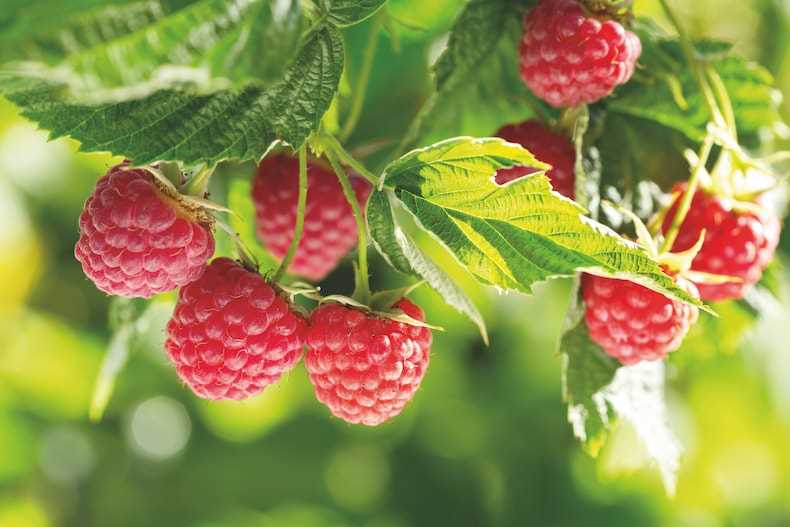
Once the seedlings have grown to a height of about 4 inches and have developed a few true leaves, they can be transplanted into the garden. Choose a sunny, well-drained spot with plenty of space for the courgette plants to spread out.
5. Sowing directly in the ground
If you decide to sow the seeds directly in the ground, plant them in groups of two or three, spacing each group about 3 feet apart. Plant the seeds about an inch deep into the soil and cover them with a light layer of compost or mulch.
6. Watering and care
After sowing the seeds, make sure to water the soil regularly to keep it moist. Once the seedlings emerge, thin them out so that only the strongest plants remain. Provide support for the plants as they grow by using stakes or cages.
7. Protecting from pests
Courgette plants are vulnerable to pests such as slugs, snails, and aphids. To protect your plants, use organic mulch to deter slugs and snails, and consider using natural pest control methods such as companion planting or insect-repelling plants.
By following these steps, you can successfully sow courgette seeds and start growing your own delicious crop of courgettes. Remember to provide the plants with adequate water, sunlight, and care throughout the growing season, and soon you’ll be enjoying a bountiful harvest!
Providing the optimal conditions
When it comes to growing courgettes, providing the optimal conditions is key to achieving a successful harvest. Here are some tips on how to create the perfect environment for your courgette plants:
Sunlight
Courgettes thrive in a sunny location, so it’s important to choose a spot in your garden that receives at least 6-8 hours of direct sunlight per day. If you don’t have an ideal sunny spot, consider using reflective mulch or planting your courgettes in pots that can be moved to follow the sunlight throughout the day.
Soil
Courgettes prefer well-draining, nutrient-rich soil. Before planting, work in plenty of compost or well-rotted manure to improve the soil’s fertility. Avoid heavy clay soils that can become waterlogged, as this can lead to root rot.
Watering
Keep your courgette plants well-watered, especially during dry periods. Water deeply and evenly, ensuring the soil doesn’t dry out completely between waterings. However, be careful not to overwater, as this can lead to root rot. Using a mulch around the base of the plants can help to retain moisture and prevent weeds.
Fertilizer
Regularly feed your courgette plants with a balanced fertilizer, such as a slow-release organic fertilizer or a liquid fertilizer applied according to the manufacturer’s instructions. This will help to ensure they receive the necessary nutrients for healthy growth and abundant fruit production.
Spacing
When planting your courgette seeds or seedlings, make sure to provide adequate spacing between plants. Courgette plants need room to spread out and require good airflow to prevent the growth of mildew and other fungal diseases. Aim for a spacing of about 2-3 feet between plants.
Protection
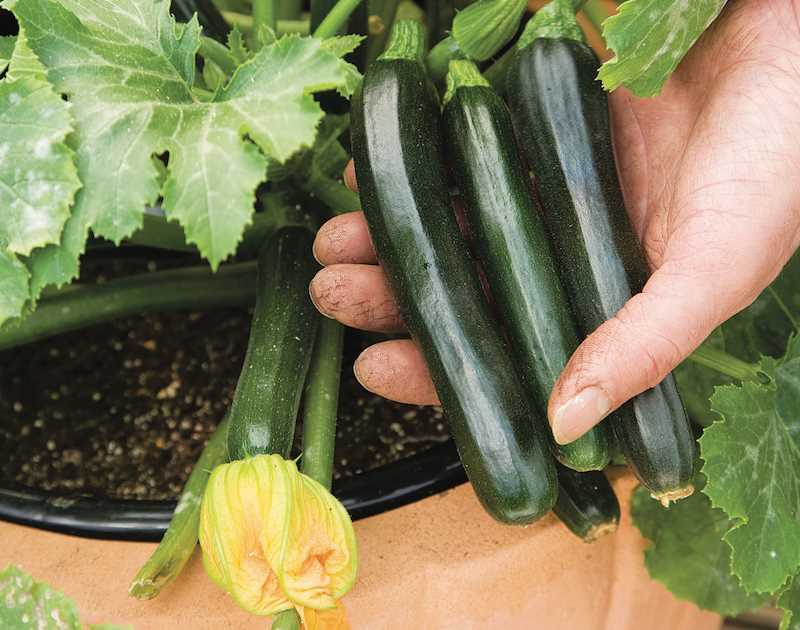
Lastly, provide protection for your courgette plants against pests and diseases. Consider using netting or row covers to keep out pests like birds and insects. Inspect your plants regularly for any signs of pests or diseases and take appropriate action to mitigate any issues.
By providing your courgette plants with the optimal conditions, you’ll be well on your way to a successful harvest of delicious, homegrown courgettes!
Watering and Fertilizing
Watering and fertilizing are crucial for the successful growth and development of courgettes. These plants have a high water requirement and need regular watering throughout the growing season. Additionally, providing them with the right nutrients will ensure healthy and productive plants.
Watering
Courgettes thrive in moist soil, so it’s important to keep their roots consistently hydrated. Aim to provide them with 1-2 inches of water per week, either through rainfall or manual watering. It’s best to water deeply and infrequently rather than with shallow, frequent watering.
One effective method is to water the plants using a soaker hose or drip irrigation system. This delivers water directly to the roots, avoiding wetting the foliage, which can lead to disease. Regularly check the soil moisture level by inserting your finger into the soil. If it feels dry a few inches down, it’s time to water.
Fertilizing
Courgettes are heavy feeders and benefit from regular fertilization. Before planting, work in a balanced organic fertilizer or compost into the soil to provide initial nutrients. Once the plants are established, feed them with a slow-release or liquid fertilizer every 4-6 weeks.
A good fertilizer for courgettes is one with a balanced ratio of nitrogen (N), phosphorus (P), and potassium (K), such as a 10-10-10 or 14-14-14. This will promote healthy leaf development, flower production, and root growth.
When applying fertilizers, ensure to follow the instructions on the packaging and avoid overfertilizing, as this can lead to excessive vegetative growth but reduce fruit production. It’s also important to water the plants after fertilizing to help distribute the nutrients throughout the soil.
Regularly monitor your courgette plants for signs of nutrient deficiency, such as yellowing leaves or stunted growth, and adjust your fertilization routine accordingly.
Conclusion
Proper watering and fertilizing practices are vital for growing thriving and productive courgette plants. Maintaining consistent moisture levels and providing the right nutrients will ensure healthy growth, abundant flowering, and a bountiful harvest.
Protecting against pests and diseases
Protecting your courgette plants from pests and diseases is essential to ensure a healthy crop. Here are some tips to help you keep your plants safe:
1. Companion planting
Companion planting can help to deter pests. Planting herbs like basil and marigold near your courgette plants can repel insects such as aphids and whiteflies.
2. Mulching
Applying a layer of organic mulch around your courgette plants can help to prevent weed growth and deter pests. Mulch also helps to retain moisture in the soil and maintain a stable temperature.
3. Regular inspection
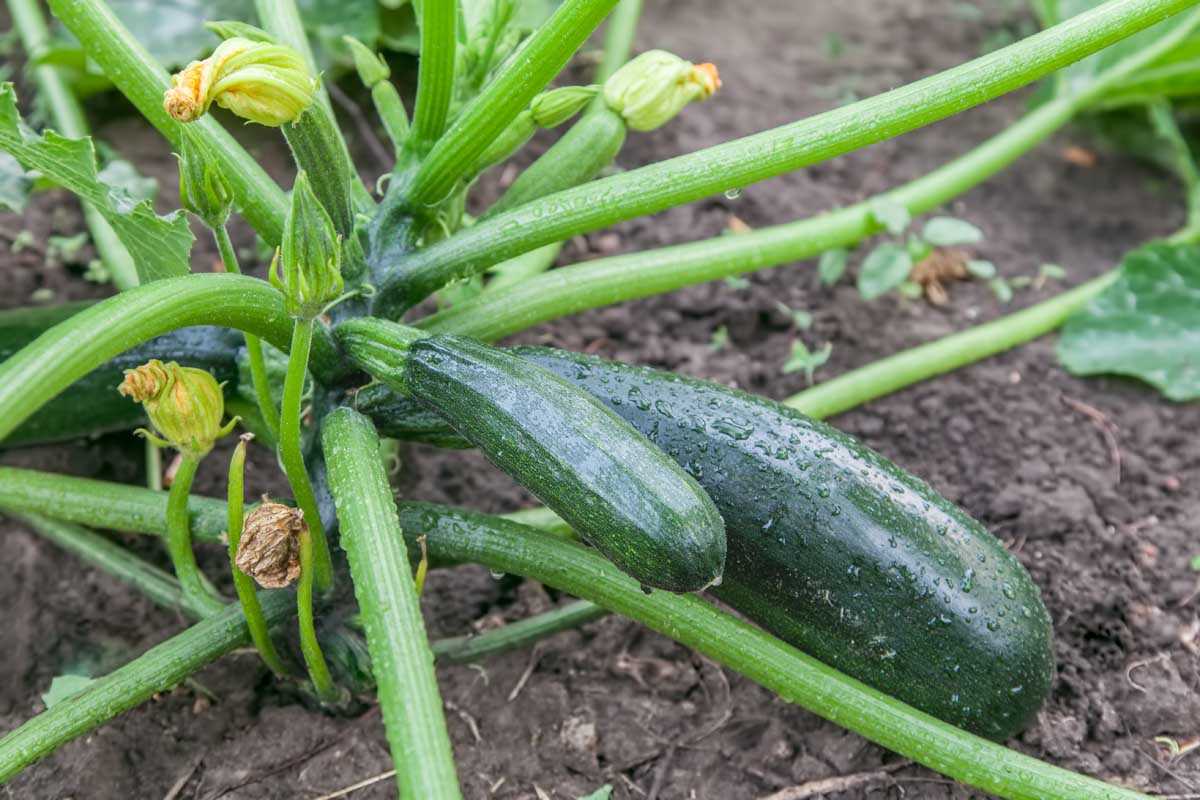
Regularly inspect your courgette plants for any signs of pests or diseases. Look for chewed leaves, yellowing or wilting plants, and any unusual spots or growths on the leaves or stems.
4. Handpicking pests
If you spot any pests on your courgette plants, such as caterpillars or beetles, you can handpick them and remove them from the plants. This can help to prevent further damage and minimize the need for chemical pesticides.
5. Natural predators
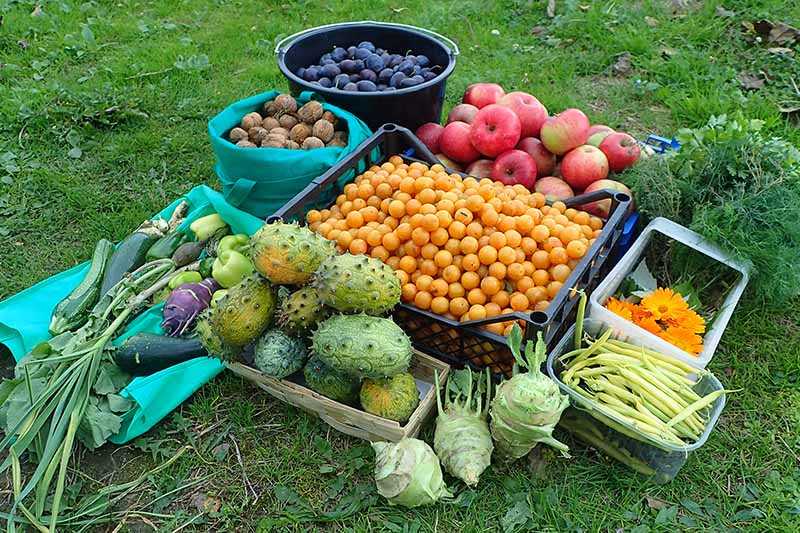
Encourage natural predators, such as ladybugs and lacewings, to your garden. These beneficial insects feed on pests, helping to keep their population in check.
6. Organic pesticides
If necessary, use organic pesticides to control pests and diseases. Look for products that are approved for use in organic gardening and follow the instructions carefully.
7. Crop rotation
Rotate your courgette plants with other crops every year to prevent the build-up of pests and diseases. This helps to break the life cycle of specific pests and reduces the risk of infection.
8. Good hygiene
Maintain good hygiene practices in your garden to prevent the spread of diseases. Clean tools regularly, remove decaying plant material, and avoid overcrowding your plants.
By following these tips, you can protect your courgette plants from pests and diseases, ensuring a successful harvest.
Harvesting and Storage
When to Harvest:
Harvesting courgettes can be done when they are still small and tender, usually around 6-8 inches in length. Check the plants daily as courgettes can grow quickly, and harvesting them at the right time ensures optimal flavor and texture.
How to Harvest:
To harvest courgettes, use a sharp knife or secateurs to cut the courgette from the plant, leaving about an inch of stem attached. Be careful not to damage the plant or nearby fruits while harvesting.
Storage:
Courgettes are best when eaten fresh, but they can also be stored for a short period. To store courgettes, place them in a perforated plastic bag and keep them in the refrigerator. They can last up to a week when stored this way. Avoid washing the courgettes before storage, as moisture can cause them to spoil more quickly.
Freezing:
If you have an abundance of courgettes, you can freeze them for later use. To freeze courgettes, wash and slice them into desired shapes. Blanch the slices in boiling water for a minute or two, then transfer them to an ice bath to stop the cooking process. Pat the slices dry and place them in airtight containers or freezer bags. Frozen courgettes are best used in cooked dishes.
Courgette Flowers:
The flowers of courgette plants are also edible and highly prized in culinary circles. Harvest the flowers in the morning when they are fully open and remove the stamen inside the blossom. Enjoy them raw in salads or stuffed with cheese and herbs.
Using Harvested Courgettes:
Once harvested, courgettes can be used in various dishes. They can be sautéed, stir-fried, grilled, roasted, or used in soups, stews, fritters, and pasta dishes. Their mild flavor lends well to a variety of cuisines.
Troubleshooting common issues
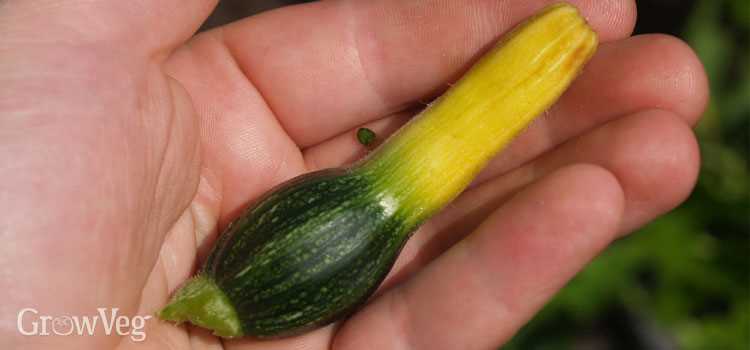
Despite following all the necessary steps, you may encounter some common issues when growing courgettes. Here are some tips to troubleshoot and address these problems:
1. Lack of fruit set
If your courgette plants are not producing any fruits, a lack of pollination could be the issue. Courgette plants rely on insects like bees for pollination. To encourage pollination, you can try the following:
- Plant flowers nearby to attract pollinators.
- Gently hand pollinate the flowers using a small brush.
2. Slow growth and yellowing leaves
If your courgette plants are not growing properly and their leaves are turning yellow, nutrient deficiency might be the cause. To address this issue:
- Apply organic or slow-release fertilizers rich in nitrogen, phosphorus, and potassium.
- Ensure proper drainage to prevent waterlogged soil, which can hamper nutrient uptake.
- Regularly remove any weeds competing for nutrients with the courgette plants.
3. Pest infestation
Common pests that can damage courgette plants include aphids, slugs, and snails. To control these pests:
- Remove any visible pests by handpicking or spraying them off with water.
- Apply organic insecticides or use natural predator insects like ladybugs.
- Protect young plants with physical barriers, such as netting, to prevent pest access.
4. Powdery mildew
Powdery mildew is a fungal disease that can affect courgette plants, causing a white powdery residue on leaves and stems. To prevent and manage powdery mildew:
- Plant disease-resistant varieties of courgettes.
- Avoid overcrowding the plants to improve airflow and reduce humidity.
- Apply a fungicidal spray specifically designed for powdery mildew.
- Remove and dispose of any affected plant material to prevent the spread of the disease.
5. Fruit rot
Fruit rot can occur due to fungal pathogens infecting the courgette fruits. To prevent fruit rot:
- Avoid overwatering and ensure proper drainage to prevent waterlogged soil.
- Harvest the courgettes when they are still young and tender, before they are prone to rotting.
- Remove any infected fruits and dispose of them to prevent the spread of the disease.
By troubleshooting these common issues and taking appropriate measures, you can ensure the healthy growth and abundant harvest of your courgette plants.
“Question-Answer”
What is the best time to plant courgettes?
The best time to plant courgettes is in spring, after the last frost has passed and the soil has warmed up.
How do I prepare the soil for planting courgettes?
To prepare the soil for planting courgettes, start by removing any weeds and loosening the soil with a garden fork. Then, add compost or well-rotted manure to improve the soil fertility.
Do courgettes need a lot of water?
Yes, courgettes need a consistent supply of water to thrive. They should be watered deeply once or twice a week, especially during dry spells.
Can I grow courgettes in containers?
Yes, courgettes can be grown in containers as long as the containers are at least 12 inches deep and have adequate drainage. Choose a compact variety that is suitable for container gardening.
How do I pollinate courgette flowers?
Courgette flowers are usually pollinated by bees, but you can also hand-pollinate them if necessary. Use a small brush or cotton swab to transfer pollen from the male flowers to the female flowers.
When should I harvest courgettes?
Courgettes should be harvested when they are young and tender, usually when they are about 6 to 8 inches long. Harvest them regularly to encourage continuous production.
What can I do with courgette leaves?
Courgette leaves can be used in cooking, particularly in Mediterranean cuisines. They can be steamed, sautéed, or used as a wrapping for food. Some people also use courgette leaves to make tea.







